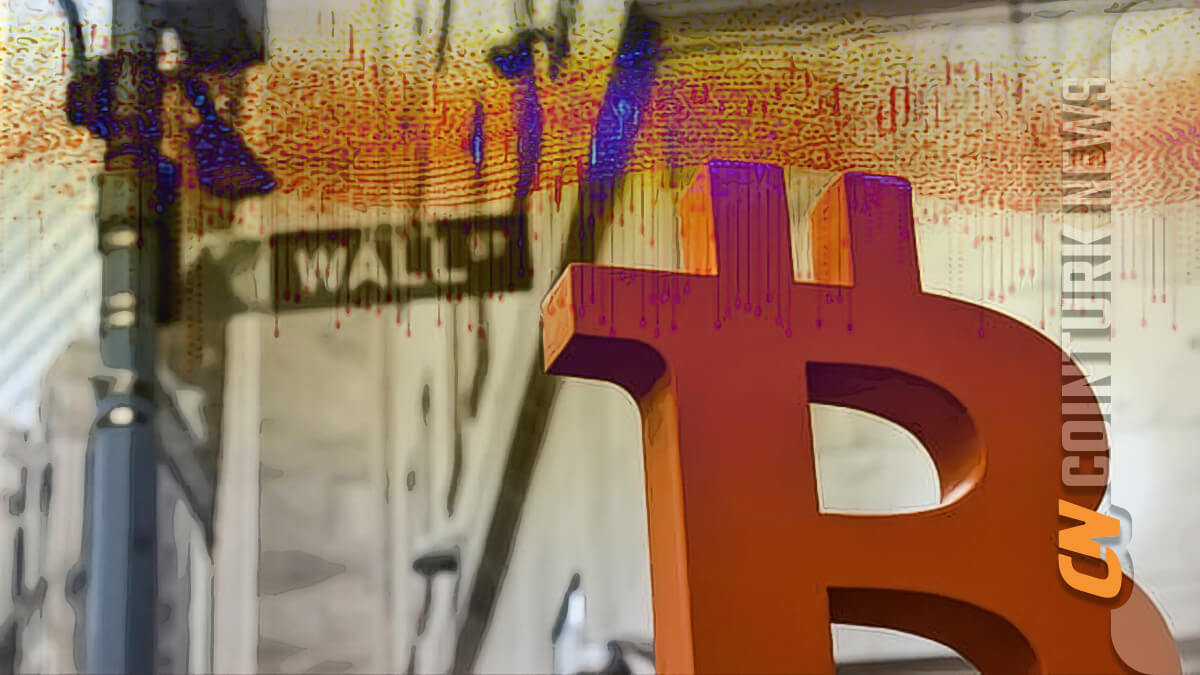With a market value of $592 billion, the major cryptocurrency Bitcoin (BTC) continues to trend above $30,000. Many market observers believe the encouraging drop in US headline and core inflation to be a harbinger of brighter days.
Bitcoin Moves Above $30,000 After Positive Inflation Data
The announcement of inflation data, which affected investors with a decline to the lowest annual level in the last two years in June in the US, did not move the Bitcoin price as expected. Headline inflation fell to its lowest level since March 2021, with a 3% increase compared to the previous year, significantly below the previous month’s 4%.
In contrast, inflation in goods and services increased by 0.2% compared to the previous month. These data, which the Fed will consider in addition to other economic data to make its next decision on interest rates, were realized as 3% and 0.2% annually and monthly, respectively, under the Dow Jones’s predictions of a 3.1% and 0.3% increase.

The Fed, which passed the interest rate increase in June, had indicated that it would go for new interest rate increases in the later periods of the year depending on the response of the economy and future data. Despite the better-than-expected inflation data, it’s a question of how the Fed will react, especially as some officials are considering a 25 basis point interest rate increase for the July meeting.
On the other hand, investors were not affected by the positive inflation data due to the hawkish attitude shown by the Fed at the beginning of June, and they began to make predictions that the Bitcoin price would exceed $100,000 by the end of 2024.
Notable Bullish Scenario and Investor Activity for Bitcoin Price
The Bitcoin price managed to stay above $30,000 for the third consecutive week, and on-chain data reveals that investors are firm about not selling the BTC they started to hold in their wallets. According to Strahinja Savic, the director of data and analysis at FRNT Financial, the idle Bitcoin supply has reached an all-time high of nearly 70% in the last two years. Savic said, “These data show that the dominant Bitcoin investor is now long-term investors. This group is less likely to be sensitive to the macro outlook.”
Data obtained on-chain by leading on-chain data platform Santiment also shows that Bitcoin investors classified as whales and sharks, like other investors, are closely following the Bitcoin price range of $30,000 and $31,000.
An interesting finding is that wallet addresses at the shark and whale levels hold quite high amounts of stablecoins like USDP and DAI. The fact that these wallet addresses are bought in this way suggests that they are waiting to take action during a potential rally and that they will support such a rally with their purchases.

On the other hand, the 100-day Exponential Moving Average (EMA) (blue) on Bitcoin’s price chart is strengthening Bitcoin’s position above $30,000 on the four-hour chart. According to the Bollinger Bands (BB) indicator, a breakout is in question. When the bands in the BB narrow, it indicates that the price is consolidating, that is, moving horizontally with low volatility.
Investors can use squeezes in the BB to determine potential breakouts or reversals by looking at price formations such as double tops or double bottoms or candlestick formations. If Bitcoin manages to stay above $30,000, with the increased demand for BTC and investors leaning towards HODLing, the price can be expected to move towards $35,000 and possibly $38,000. For such an increase, the $31,000 resistance and the resistance just above this price level will need to be passed first.
On the downside, the closest support levels for Bitcoin are respectively $30,000, $28,000, and $25,000.

 Türkçe
Türkçe Español
Español










